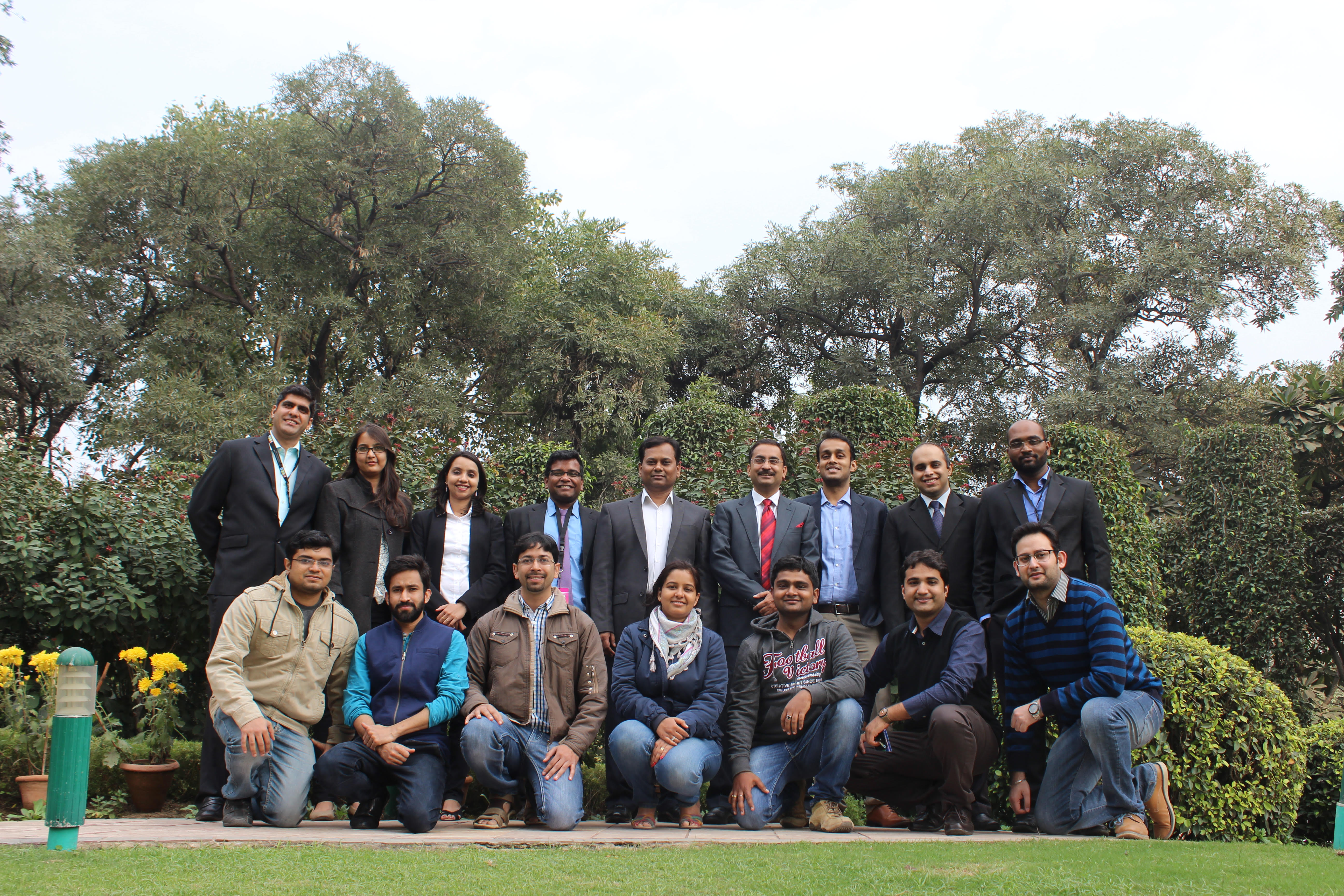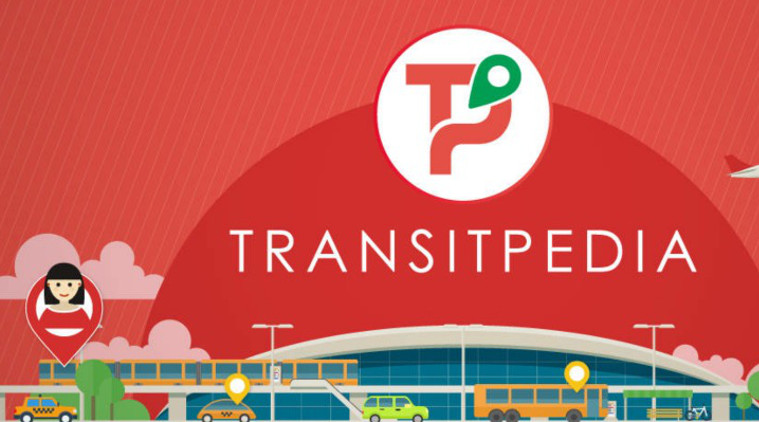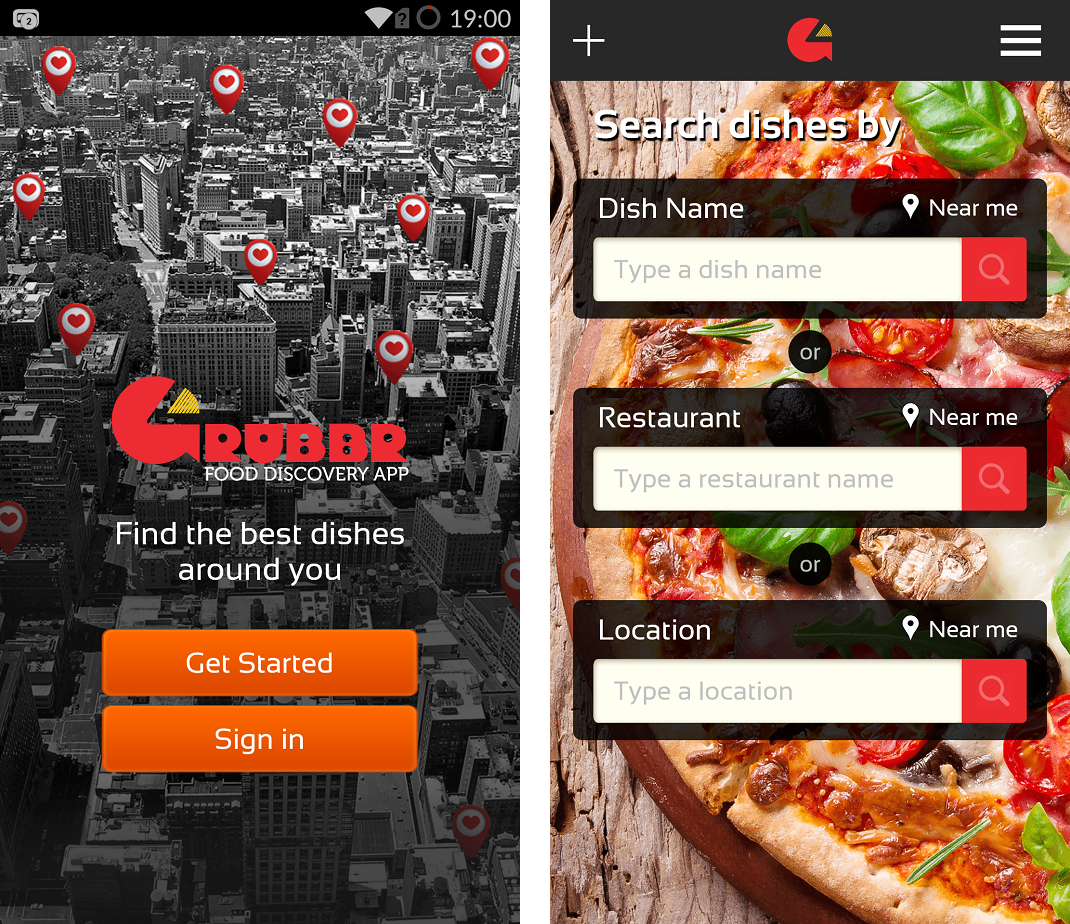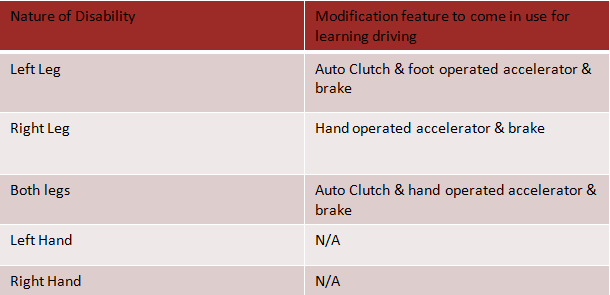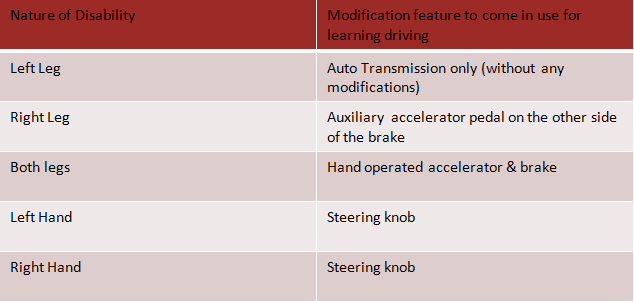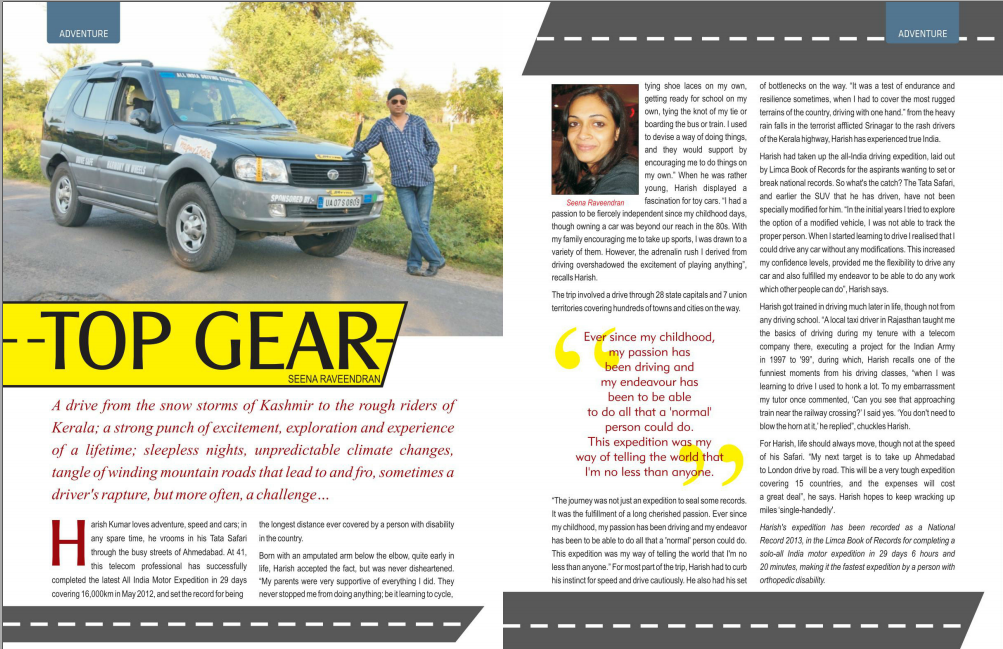When we think about e-commerce in India, the only websites that come to our minds are Flipkart, Amazon, Snapdeal, Shopclues etc. All of these players are horizontal e-commerce portals. There is plenty of room for players in the vertical/niche e-commerce space

Today we have a discussion with Vineet Singh, Co-founder & CEO of Buildzar. Buildzar is India’s largest marketplace for all the construction and home renovation solutions. It aims to make online buying of construction goods seamless just like we buy items like clothes, books etc. online. So let’s start of with the Q&A
Can you give a small background of Buildzar and its founders
Founded by Vineet Singh & Swapnil Tripathi, Buildzar.com is India’s first & largest marketplace for all home construction and home renovation solutions. It is the single largest online platform for home-owners, builders, architects and designers to make the home building experience smooth and hassle-free. We offer a complete range of construction materials such as cement, steel, sand, bathroom fittings, electricals, tiles and paints.
We have also launched, one of its kind turnkey home building solutions, where anyone planning to build a home can get design, materials & labour services – all in a one-stop shop. This unique offering called as Build Your Home with Buildzar [BYHB] offers an extremely professional way of consumer interaction in this industry and allows them to make decision about building the right home within few minutes or hours.
To remove the information asymmetry that exists as of today, we have created unique products like Beztimate, a construction cost, quantity and timeline calculator & store organised as per the budget [Budget/Standard/Premium/Luxury]. With us, customers get complete peace of mind through ‘B-Sure’ guarantee, which means that all the deliveries are backed by quality and quantity guarantee from sellers. In order to instil confidence into the consumers’ mind, we have also started sending samples to customer’s doorsteps before they make purchases, so that they can touch and feel the products they like.
We have designed use-case based combos according to each stage of construction, so that customer does not have to take care of dealing with multiple vendors & scheduling deliveries.
Vineet Singh, Co-founder, CEO and MD of Buildzar.com, has more than 16 years of experience in the consumer internet industry. Prior to Buildzar, he was EVP & Business Head of multiple businesses in Info Edge including Naukri.com, 99acres.com, JeevanSaathi.com & NaukriGulf.com.
Swapnil Tripathi, Co-founder and COO, Buildzar.com, has an MBA from MIT Sloan. Prior to Buildzar, he headed Consumer Operations at Ibibo Group. He has also been the Business Head at Meritnation.com. He also worked as Business Head of consumer business [Resume Services] in Naukri.com and Sales Head of Jeevansathi.com. After leaving Meritnation.com he was a bootstrapping entrepreneur and founded his venture India Art Village.
Every idea is born out of a problem, what was the trigger for starting Buildzar ?
Two years back, I was building my house in Delhi. It started as a joyful journey filled with excitement and learnings, but slowly began converting into a painful experience. There were myriad issues popping up at each stage of construction – Which materials to buy, in what quantities to buy, from where to buy? There was no single platform where we could go for the solutions.
We had to spend hours doing online search and research, and scroll through several home magazines. There is too much theory everywhere but no implementable advice. There had to be a better way. Few months later, I came in touch with Mr. Puneet Dalmia, the MD of Dalmia Cement Bharat Limited. He was renovating his house at that time and his experience was equally worse. It occurred that if a person like Puneet, who is a big name in the building materials industry, had to face such problems with all the resources at hands, what would be the extent of pain that a regular consumer faces. The common pain-point led us into detailed discussions and it was then the idea of solving this problem for the regular consumer came to our mind, and Buildzar was born.
Does it only operate in the B2C Space or there are plans to venture into B2B [by tying up with builders, real estate portals etc.] ?
Our current focus is B2C segment. Currently, the major share of our target audience as well as customer base are individual home builders, but as we are successfully aggregating demands from commercial sectors as well, we may become equally relevant for B2B clients too.
Does Buildzar operate on inventory model or marketplace model (or both) ?
As of now, Buildzar is operating on a marketplace model. It will be a challenge to move to an inventory based model with building materials as our niche product, but if need be, we may plan to move to that model too.
Is Buildzar bootstrapped, VC funded or Angel Funded ?
Buildzar got its initial funding from Puneet Dalmia, MD at Dalmia Bharat Group, and We are planning to raise series A funding in the next few months.
How does Buildzar manage logistics (is it in-house or you have tied-up with different logistics partners) ?
At present, all our deliveries are managed by the logistic services of our suppliers. We haven’t tied up with any of the logistics partners as of now. For our samples-at-your-doorstep services and visits to experience centres, we have our own logistic vehicles.
Which are cities where Buildzar is operational ?
We are currently operational in Delhi-NCR and plan to expand in 12-15 metros and tier-2 cities over a span of three years.
Many years back Flipkart exited the Heavy-Product business (like TV, Fridge, Furniture etc.), what do you think is the major challenge when shipping such products?
Delivering tonnes of cement and steel is different than delivering fashion products. One of the major challenges is the non-reachability of the site at which the product has to be delivered. It increases the overhead costs and delivery time. Off-loading the heavy product is also a matter of concern.
Who are some of your competitors ?
At present, we have companies like Supplified and Brick2Wall as our competitors in Delhi-NCR and MSupply, Buildmantra, Material Tree and Apna Stock in southern part of India.
How do you manage to cope-up with the reverse logistics issue which is so prevalent (and also eats up margins) in today’s online consumer businesses ?
Returns and cancellations are inherent part of the ecommerce industry. When it comes to building materials, it becomes a challenge. We have received only 3 return requests in last six months of operations. If a case of return occurs, we are left with no option but to have to ask the customers to pay for logistics, as our order size is large in terms of both product quantity and value.
Buildzar.com team
What are the major changes that you experienced when you became an entrepreneur ?
Leaving a job to start something of your own takes many efforts. I have learnt to prioritize between what is “need to have” and what is “good to have”. In today’s scenario, everybody want to start their own business or join a new startup but no one wants to get their hands dirty.
If young entrepreneurs want to have great dish, they must learn to bear the heat. I have always been a workaholic so exhaustive work hours don’t bother me much but yes, I have mastered the science of learning, unlearning and relearning.
What key advice would you give to aspiring entrepreneurs ?
Doing a startup is like a roller coaster ride with many ups-and-downs. To have a happy ride, one must go through a process of learning and un-learning many things.
I am a strong believer of the fact that beauty lies in the fine print of things. Drill deep down into the problems you are addressing and find solutions for them. Ask questions. Any detail is too small to escape close attention. Leave no stone unturned. Leave no dot unconnected.
To succeed at something, always have an eye for the details.
Can you give some pointers on Scaling up & Customer Acquisition (some take-away for entrepreneurs) ?
- Identify the Hero product of your business. Focus on your USP and determine what excites your target audience the most.
- Try automating everything in your business. Focus on technology intensive processes that will act as a force multiplier. Even though it takes a lot of time, this activity will pay for itself in long term. This will help in streamlining all the operations for a scalable model.
- Create a product with a great customer experience. Focus on offering an experience to the customer, which is not only unique but also compelling.
Bootstrapping or Funding, what are your views on the same ?
According to me, there is no ideal capitalization structure for a startup. As entrepreneurs, you must always start with a bootstrapping mind-set. Focus on building a business that is self-sustainable and generates business without burning of cash.
Instead of sticking to a single option, determine the market size and dynamics and make an informed choice based on the research. Just keep in mind that money is always limited and you have to value money and spend prudently.
Your views on whether to start a vertical e-commerce or horizontal e-commerce startup ?
All the 4 big institutionally funded players (Amazon, Flipkart, Snapdeal & Paytm) are horizontal ecommerce businesses. So, there is no doubt in the success of selling products from large number of categories. However, customer acquisition comes at cost in these cases.
Vertical market has definitely more opportunity when it comes to addressing a larger section of loyal customers without burning huge funds on customer acquisition. Businesses catering to a niche vertical must understand what it takes to build a sustainable and profitable business. We are big believers of giving our customers a unique experience. By addressing the $100 Billion construction and building materials market, we are making a bet on differentiated vertical ecommerce.
Your view about GST and how it would affect e-commerce startups/companies ?
The Indirect taxation laws in India have become a hindrance in the e-commerce operations, as they have not been able to identify the continuously evolving hybrid business models.
When talking about the challenges, the entire e-commerce segment is facing issues in categorizing their offerings as ‘Goods’ or ‘Services’ for charging the Value Added Tax (VAT)/Central Sales Tax (CST) or Service Tax. Presently, both VAT and Service Tax are levied on all digital transactions, leading to frequent disputes.
It is expected that Goods & Service Tax (GST), which is likely to be implemented from the next fiscal, may be the answer to most of these problems. It may resolve many supply chain and logistics issues of the ecommerce companies.
Some hiring tips for entrepreneurs (especially the core team) ?
Keep your hiring strategy very simple. A great business gets built with good people. Keep meeting individuals with innovative ideas, creativity and conviction to do something new. Keep expanding your network. Rest all will fall into place.
Any parting words from you for budding entrepreneurs
Firstly, value is created by cracking something tough. Easy ideas do not create value. Whenever you come up with an idea, think about what problem will it solve and how. Start putting things into action and focus on sales and marketing manically. In business, nothing happens until a sale is made. You will need to find a good way to get leads, convert leads into sales, and make sure you keep getting repeat sales from your customers.
We are sure that you would have got some handy tips from the discussion we had with Vineet Singh of Buildzar. If you have any questions related to Buildzar or have any general query, please leave them in the comments section.
[Image Credit* – LinkedIn]


